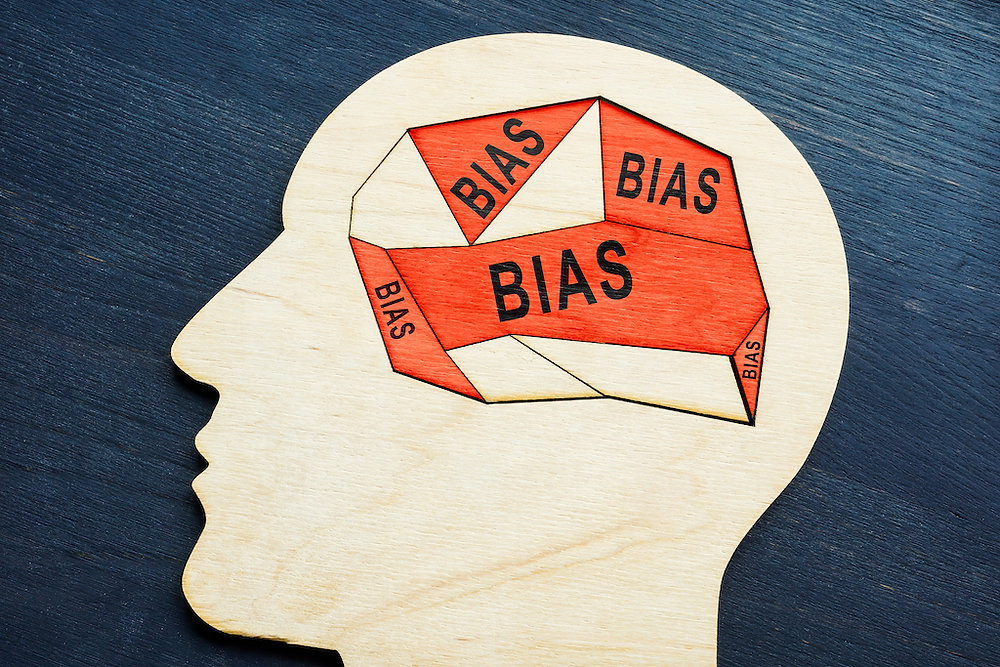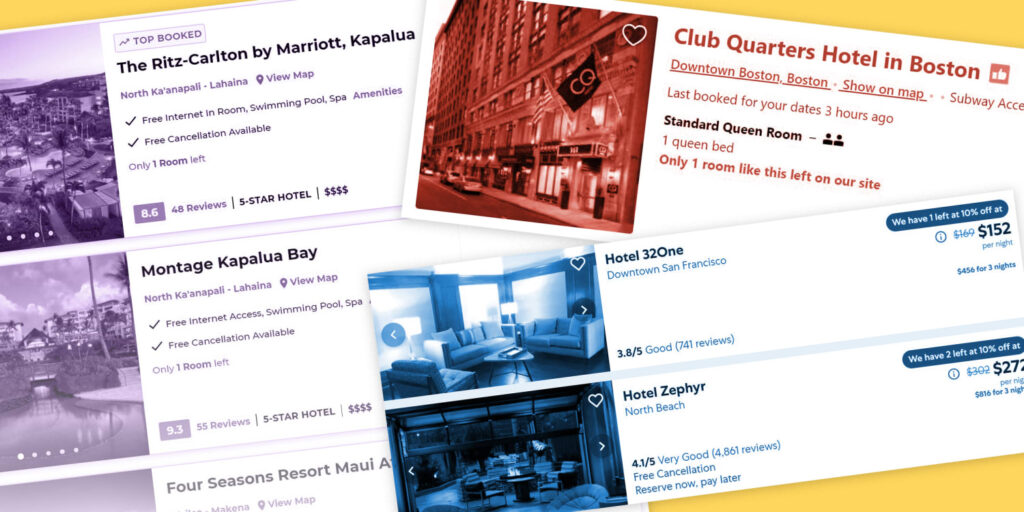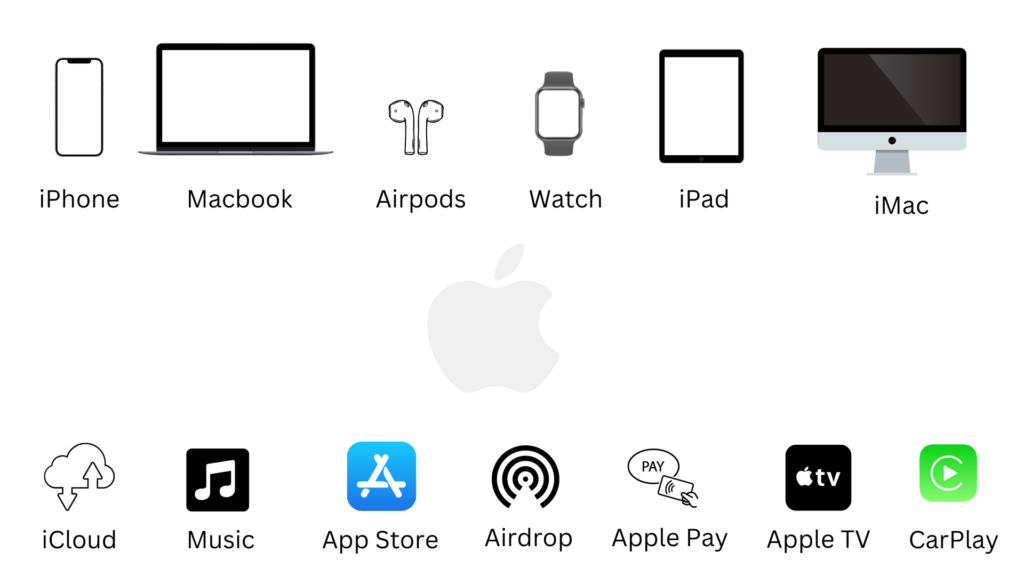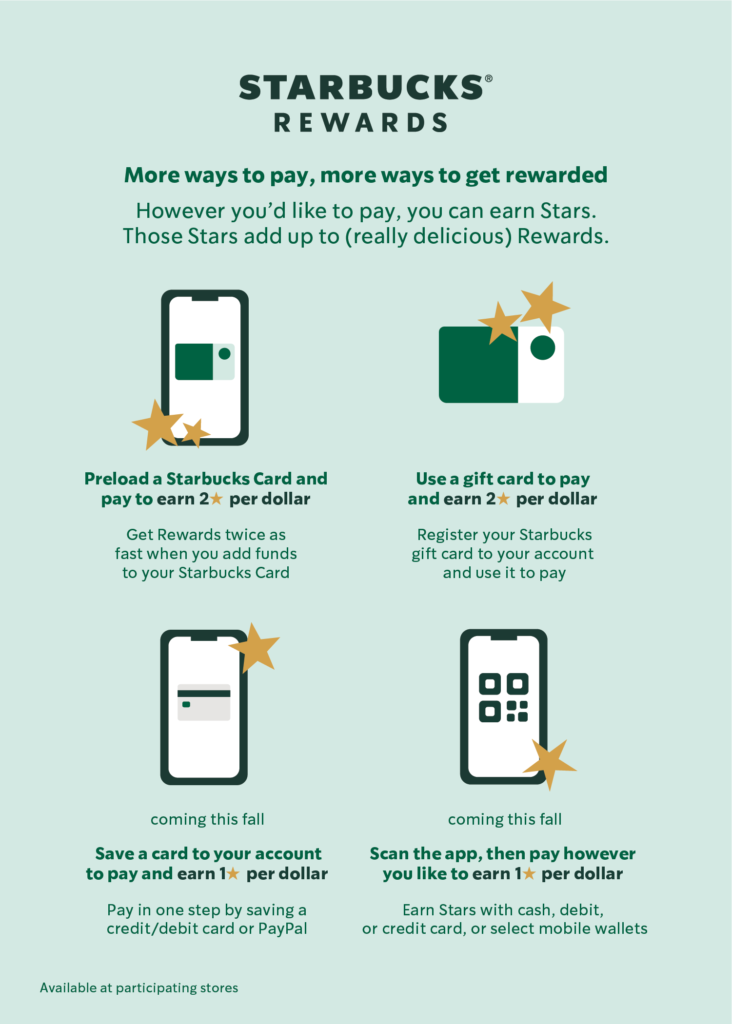
Unlocking Customer Retention: Cognitive Biases Driving Loyalty
Did you know that understanding and leveraging cognitive biases can dramatically increase customer retention? By tapping into how people naturally think, feel, and behave, companies can design marketing strategies that build lasting relationships with their customers. In this article, we’ll dive into the powerful role cognitive biases play in marketing, and more importantly, how these biases can be used to boost customer retention and profitability.
We’ll cover different types of cognitive biases, how they can influence customer behavior and specific strategies that top brands use to keep their customers loyal.
Understanding Cognitive Biases
What Are Cognitive Biases?
Cognitive biases are mental shortcuts that our brains use to process information quickly. While these biases help us navigate the world efficiently, they often lead to predictable errors in judgment. Marketers can harness these tendencies to shape customer behavior in ways that foster customer retention.
For example, customers may trust a product more if they see others endorsing it (social proof) or feel more compelled to act if they believe a deal is about to expire (scarcity). Leveraging these biases in a strategic way can be a game-changer for customer retention.
Types of Cognitive Biases That Impact Customer Retention
- Social Proof: Customers are more likely to follow others’ actions, especially in uncertain situations. Reviews and testimonials play a crucial role here.
- Scarcity: People value products that are perceived to be in short supply. Limited-time offers create urgency.
- Authority: We trust experts and influential figures, making endorsements from authority figures highly impactful.
- Liking: Customers prefer buying from brands they find familiar or attractive.
- Commitment and Consistency: People tend to stay consistent with past decisions, especially when they’ve committed to something publicly (such as signing up for a subscription).
- Reciprocity: Giving something first, like a free sample, often leads customers to return the favor.
- Contrast: Presenting options side-by-side can exaggerate the differences, influencing choices.
- Loss Aversion: The fear of losing out is stronger than the desire to gain something new.
- Framing: How you present information (e.g., “80% off” vs. “Save $50”) can influence decisions.
- Endowment Effect: People overvalue things they already own or have invested in emotionally.
- Confirmation Bias: People seek information that supports their pre-existing beliefs and preferences.
Leveraging Cognitive Biases to Improve Customer Retention
Social Proof
Utilizing customer reviews, testimonials, and social media engagement is essential for customer retention. Glossier is an excellent example of a brand that has built its empire on user-generated content and social proof. By showcasing real customers’ experiences, Glossier fosters trust and credibility, which keeps customers coming back.
Scarcity
Scarcity taps into the fear of missing out, which plays a crucial role in customer retention. Amazon excels at this by showing low-stock notifications like “Only 2 left in stock!” or limited-time discounts. The urgency created by scarcity bias compels customers to act fast and frequently revisit the platform to avoid missing out.

Authority
Nike uses authority bias by partnering with world-renowned athletes, positioning their products as the go-to for performance gear. These endorsements not only encourage first-time purchases but also contribute to customer retention by building long-term trust in the brand.
Liking
People tend to stay loyal to brands they like. Netflix taps into this bias by personalizing the customer experience. By recommending shows based on previous behavior, Netflix creates a sense of familiarity, strengthening the bond between the brand and the user. This personalization boosts customer retention, as customers feel understood and catered to.
Commitment and Consistency
Once a customer commits to something, they’re more likely to stay consistent with that decision. Apple capitalizes on this bias through its ecosystem of products. When customers buy an iPhone, they’re more likely to purchase other Apple products due to the seamless integration between devices, reinforcing their commitment to the brand and driving customer retention.

Reciprocity
Offering something valuable upfront, like a freebie or special perk, can make customers feel obligated to return the favor. Starbucks uses this principle by offering free drinks and personalized rewards through its loyalty program. These perks encourage customers to keep coming back, increasing customer retention through the reciprocity bias.
Loss Aversion
Loss aversion is a powerful motivator. People are more driven to avoid losing something than gaining something of equal value. Booking.com uses this bias effectively with its “Only 2 rooms left” notifications. This triggers the fear of losing out on a deal, prompting customers to make quicker decisions and come back regularly, driving customer retention.
Case Studies
1. Amazon: Leveraging Scarcity and Loss Aversion
Amazon has perfected the art of scarcity and loss aversion by frequently displaying low stock notifications and countdown timers. These tactics make customers act fast, fearing they might lose out. By consistently using these biases, Amazon ensures customers return to the platform repeatedly to grab deals before they disappear. The sense of urgency significantly contributes to customer retention.
2. Glossier: Social Proof and Authority
Glossier’s use of user-generated content (UGC) and influencer endorsements taps into the social proof and authority biases. By showcasing real customers and relatable influencers, Glossier builds trust with its audience, driving not only initial purchases but also repeat business. This sense of community engagement fosters strong customer retention, as customers feel they’re part of a larger movement.
3. Nike: Authority and Social Proof
Nike’s partnerships with top athletes leverage authority bias to boost both credibility and loyalty. By associating their products with successful athletes, Nike reinforces their position as a leader in sports apparel, which helps maintain high levels of customer retention. The consistent use of high-profile endorsements keeps customers engaged and loyal to the brand.
4. Apple: Commitment and Consistency Bias
Apple uses commitment and consistency to keep customers locked into its ecosystem. Once a customer owns an iPhone, they are more likely to buy other Apple products (like the Apple Watch or AirPods) to maintain consistency. This strategy creates a strong sense of brand loyalty and enhances customer retention as customers invest more deeply into the Apple experience.
5. Starbucks: Reciprocity and Framing

Starbucks enhances customer retention through its loyalty program by rewarding customers with free drinks and birthday surprises. These acts of reciprocity encourage repeat business, as customers feel compelled to continue purchasing. The rewards program also uses framing bias, making customers feel they’re getting a better deal by earning points and redeeming them for more value.
Ethical Considerations in Using Cognitive Biases
While cognitive biases are powerful, they should be used ethically. Manipulating customers into making decisions through deceptive tactics can damage trust and long-term loyalty. Brands must ensure transparency and authenticity when leveraging these biases for customer retention.
Measuring the Impact of Cognitive Biases on Customer Retention
Key Metrics
To measure the effectiveness of these strategies, marketers should track:
- Customer Retention Rates: How many customers are returning after their initial purchase?
- Customer Lifetime Value (CLV): How much revenue does each customer generate over their lifetime with your brand?
- Customer Satisfaction: Are customers happy with the value and experience your brand provides?
Data Analysis and Optimization
Regular analysis of these metrics can help brands optimize their use of cognitive biases, ensuring they are achieving the desired effect without overwhelming or misleading customers.
Conclusion
Cognitive biases can be powerful tools for boosting customer retention, as they tap into natural human tendencies to drive behavior. By strategically using biases like social proof, scarcity, and reciprocity, brands can create more engaging, memorable, and profitable customer experiences.
So, how will you apply cognitive biases to strengthen your customer retention strategy and build lasting relationships?
Now that you know how powerful cognitive biases can be in boosting customer retention, it’s time to put this knowledge into action. Start by analyzing your current marketing strategies—how can you incorporate biases like social proof or reciprocity? Take a closer look at your customer retention rates and experiment with subtle tweaks using these insights to enhance loyalty and engagement.
Ready to create retention-boosting campaigns? Let’s strategize! Contact us today to discover how you can use cognitive biases ethically and effectively to build stronger relationships with your customers


